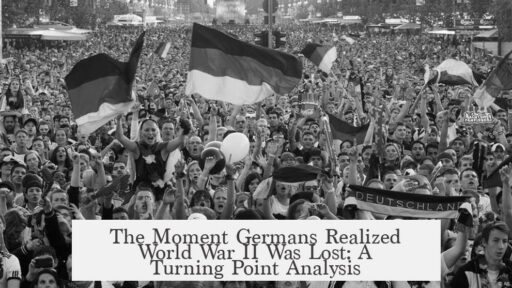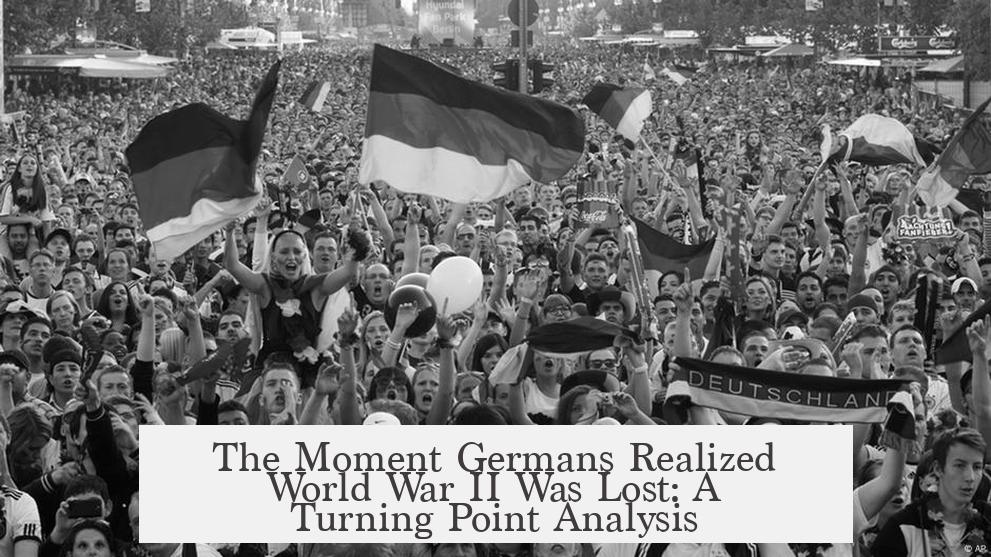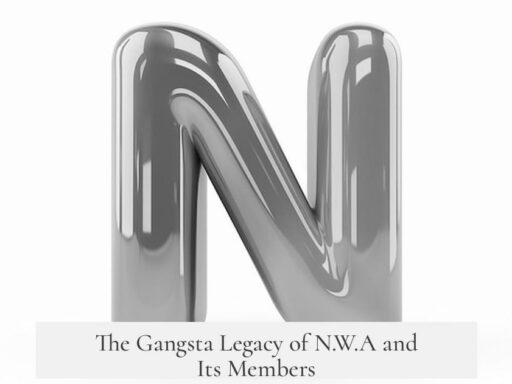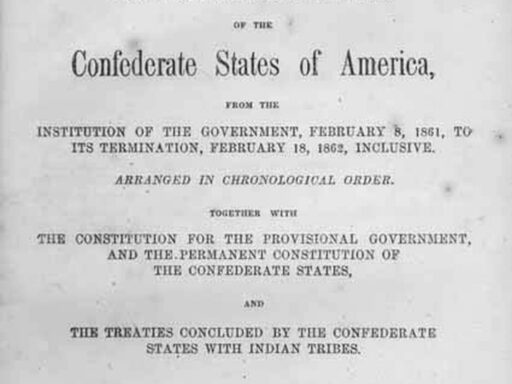The average German began to realize that World War II was lost gradually, with the critical shift occurring after the early 1943 defeat at Stalingrad and becoming widespread only when direct threats to German soil and mounting military losses became undeniable.
The Battle of Stalingrad in early 1943 stands as the pivotal moment that shook German confidence. For military and political elites, the defeat shattered the myth of Wehrmacht invincibility. Yet, the wider public remained shielded by propaganda. Information was tightly controlled, limiting widespread understanding of the disaster’s scale.
Joseph Goebbels, Nazi propaganda minister, actively managed morale following Stalingrad. Rather than admitting defeat, he transformed public sorrow into defiant resolve. The regime delayed acknowledging the encirclement of the Sixth Army until mid-January 1943, and later claimed no soldiers survived, fueling outrage instead of despair. Final letters from trapped soldiers were destroyed to prevent despondency.
This propaganda effort aimed to replace dread with determination, embedding the Nazi mythos into collective sentiment. Civilians had few reliable sources of information and were encouraged to sustain belief in eventual victory.
American postwar surveys suggest about one-third of Germans suspected the war was lost by late 1942 and early 1943. The loss at Stalingrad, combined with defeats in North Africa and the intensifying Allied bombing campaign, contributed to mounting doubts among the population. One individual from Augsburg noted, “The Führer has also spoken himself about how important Stalingrad is, and now he has gone and lost it.”
Despite these early seeds of doubt, widespread acceptance of defeat remained limited. Many Germans clung to hopes of counter-attacks or quick turnaround victories. For example, some Stalingrad prisoners believed they heard guns signaling rescue.
The situation changed significantly in 1944 when the Allies invaded Western Europe through Normandy. This new front brought war directly to German territory. The combined pressure of continued defeats on the Eastern Front and Allied offensives, including the invasion of Italy and Pacific campaigns, left no doubt that the tide had irrevocably turned.
With Allied air superiority preventing German air defense, relentless bombing campaigns devastated cities. Food shortages, civilian casualties, and collapsing infrastructure contributed further to the erosion of public morale. At this stage, the average German no longer relied solely on propaganda but faced undeniable evidence of defeat at home.
Higher-ranking military dissenters who suggested surrender or negotiation were suppressed swiftly. Hitler and his circle worked to maintain an image of resolve to prevent internal collapse.
| Year | Key Event Affecting German Perception | Public Reaction |
|---|---|---|
| 1943 (Jan-Feb) | Defeat at Stalingrad announced | Partial awareness; approx. 33% in doubt; propaganda shifts grief to defiance |
| 1943 (Mid-Late) | Allied advances in North Africa and Italy | Growing unease but hope remains |
| 1944 (June) | Normandy invasion opens Western Front | Realization that homeland is vulnerable; defeat becomes tangible |
| 1945 (April-May) | Fall of Berlin and Germany’s unconditional surrender | Definitive acknowledgment of defeat |
In summary, the average German’s recognition of defeat followed a progression. It did not emerge abruptly from speeches or single battles but resulted from cumulative military disasters and increasing direct impacts on German territory.
- The 1943 Sportpalast speech emphasized continued struggle, minimizing defeat perception.
- Stalingrad was both a military and symbolic turning point but initially obscured by propaganda.
- About a third of Germans harbored doubts post-Stalingrad; large-scale realization came later.
- Allied invasions of German-held territory and relentless bombing campaigns in 1944 made defeat unmistakable.
- The final confirmation came with the fall of Berlin and Germany’s surrender in May 1945.




